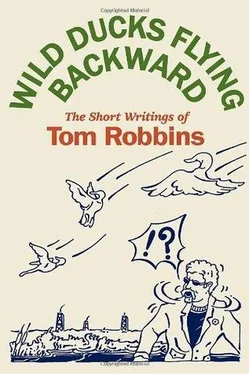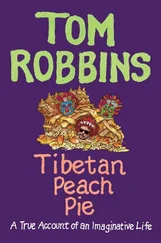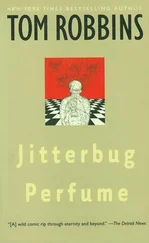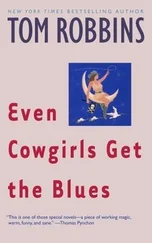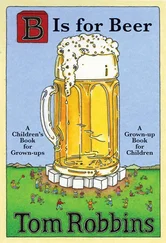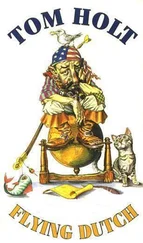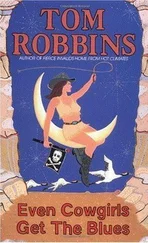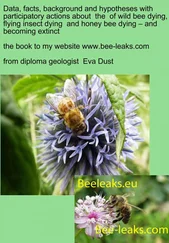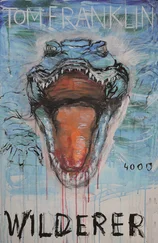Still, the emerging stars are flamboyant, the birdcalls crystalline, the frog din hypnotic, and the situation really isn’t all that horrifying, considering how lost you appear to be.
Then you hit the WALL OF GNATS!
You call it a wall instead of a cloud because clouds don’t usually give a person whiplash. You’re talking about the force of trillions of tiny bugs per cubic foot here, gnat cheek to gnat jowl, and you’re swallowing gnats and breathing gnats while National Enquirer headlines — COUPLE DROWNS IN GNAT TSUNAMI — dance before your gnat-blinded eyes. On you bore, meter after meter, into the LIVING WALL! certain you’re within a gnat’s hair of asphyxiation, until the wall suddenly crumbles away as inexplicably as it materialized, and in the distance you glimpse a flicker of light that’s of apparent human fabrication.
In ten minutes you’re docked at Ntswi Island, a campfire and a beefy meal in your immediate future. Ah, but any illusion that things are now hunky-dory disappears when you discover that your girlfriend couldn’t quite hold it until she reached the thatched latrine. There’s nothing like wet pants to throw a wet blanket on swampland romance.
Add to that some loud-mouthed hippos reciting the Hippocratic oath a few-score yards from your tent, and the savage chill that is piercing your lightweight sleeping bag (in Botswana, mid-June has turned out to be midwinter: you’d think those people south of the equator could get their seasons straight), and you have a night that belongs to misery, not to Michelob. You greet the dawn with no more glee than your significantly silent sweetie.
Gradually, however, you warm to the place and it to you. Before the afternoon is over, the temperature will have hit eighty — a fifty-degree swing that occurs each day — and the sky will have pinned blue ribbons to every lapel of the Okavango delta, irrefutably a first-prize swamp.
The Okavango is the largest inland delta in the world. It’s formed when the Okavango River, overfed by floodwaters from the rains of Angola, runs headlong into the Kalahari Desert, and skids to a stop without ever reaching the sea. The result is seventeen thousand square kilometers of channels, lagoons, reedbeds, grass pans, and islands. The water is pure enough to drink, warm enough to bathe in, although if you splash for more than ten minutes, a drooling crocodile will usually show up and demand a wine list. In a week, however, your party sees not one poisonous snake nor one squadron of bloodthirsty mosquitoes, lest anyone think to compare it with the Everglades. As for the WALL OF GNATS! it seems to have gone the way of the walls of Jericho, the Iron Curtain, and a flasher’s longjohns.
What you do see in this glistening oasis of water lilies, phoenix palms, and melapo grass are storks and fish eagles, hornbills and bee-eaters; you see parrots, vultures, lilac-breasted rollers, and literally hundreds of other ornithological showpieces. Everywhere, great wings beat the air as if it were a drum, and when the day chorus of doves and cuckoos punches off duty, the more esoteric night birds come on-line.
On the larger islands — and some are many times the size of Manhattan — there is game. Big game. Buffalo, giraffe, zebra, elephant, lion, leopard, et al.; most of the stereotypes of the African tableau, although they appear anything but stereotypical when you’re stalking them on foot, and worrying if they might be stalking you. Hiking unarmed through acacia thornbush, in fairly close proximity to the wildest of animals, gives your Okavango experience that dark edge of danger without which romance is merely the sappy side of lust.
Tranquillity is also a necessary component of romantic adventure, and there’s no shortage of peaceful epiphanies in this watery Eden. Early each morning, your party pushes off in dugout canoes hollowed out from the single trunks of sausage trees. Powered by a native guide with a twelve-foot pole, you glide noiselessly along the hippo paths, your bow knocking a shower of dew pearls from the papyrus tops, whiffs of nectar in the air, as all about you fin, fang, and feather receive the Day-Glo kiss of the slowly rising sun.
After a day of walking and marveling, you are poled back to tiny Ntswi Isle, where, at a primitive open-air bar decorated with skulls, that same sun, setting now, is reflected off cold cans of local beer. The dusk belongs to Lion Lager.
And one evening, sure enough, beneath the gloriously exotic configuration of the Southern Cross — it happens to be the night after a bull elephant drank the sudsy water in which your girlfriend had just washed out her underthings, an act that filled you with a perverse mixture of revulsion and jealousy — your paramour interrupts the Okavango concert of cricket and ibis and mystery beast to whisper, “Baby, it’s a known fact that you’ve got depraved taste, but I think you may be right about this ol’ swamp. It’s the most romantic spot on earth.”
Esquire, 1990
Note:Water with short grass growing in it is a bog. Water with tall grass growing in it is a marsh. Water with trees growing in it is a swamp. Technically, then, the Okavango delta is much more marsh than swamp. For failing to honor that distinction back in 1990, I now voluntarily surrender my poetic license for one year.
At a distance — and it can be seen from bridges and causeways more than a mile away — it seems to rise out of the sea, huge and rosy, like Godzilla in a prom dress: pretty in pink. And one can be forgiven for imagining that one is gazing at the single biggest, pinkest Big Pink thing on a planet where, admittedly, not many things manage to be simultaneously massive in scale and vivid of hue. At least, not of that hue normally associated with cotton candy, Pepto-Bismol, and girlie underwear.
I’ve never spent a night at the Don CeSar Resort Hotel in St. Petersburg Beach, Florida, but I’ve been there many times. I go there to lounge in the lobby, drink in the bar, wander the grounds, and partake of a Sunday seafood buffet that, as near as I can judge, is unequaled anywhere for bounty, variety, and flavor. Mostly, however, I go there to experience the pinkness.
There was a time when pink was the unofficial state color of Florida, a perfect chromatic complement to sunny skies, green palms, and turquoise waters. The luxurious Don CeSar, built in 1928 and periodically remodeled, is a proudly surviving relic of Old Florida, the paradisiacal, magnetic Florida that in the first half of the 20th century sweetened the dreams and warmed the fantasies of generations of snowbound Americans.
The hotel has its counterparts in Miami, to be sure, but Miami is a scene, man; Miami is hip, whereas St. Pete Beach is so untrendy as to be genuinely cool. And the Don CeSar Hotel, along with what’s left of the Everglades and the House of Prayer Bar-B-Cue in Ft. Lauderdale, is one of the most compelling reasons for visiting a tragically overdeveloped state that has far too many concealed weapons, far too few sane drivers, and that by and large has left its pink period behind it.
The Don CeSar’s bar — embedded in the dim inner recesses of this citadel of tropical nostalgia like a coffee bean in a kilo of aspic — is the sort of place that inspires the consumption of strawberry margaritas. One afternoon there, I was even moved to quaff pink ladies, the favorite libation of pink-haired ladies who coif pink poodles, a breed of beast not entirely absent from the hotel’s premises. In fact, the Don CeSar itself is kind of a pink poodle, although there’s nothing really frou-frou about the resort. It doesn’t sing out, “I’m cute,” but rather, “I’m relaxed. I’m on permanent holiday alongside the Gulf of Mexico, I’m comfortable and happy-go-lucky and festive and affluent and free to be any damn color I choose to be, and I choose to be — PINK!”
Читать дальше
